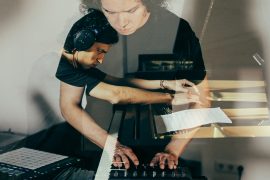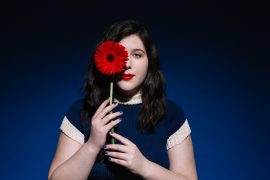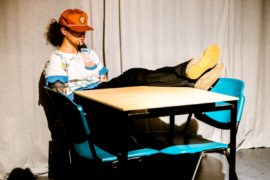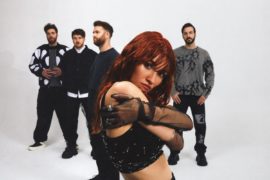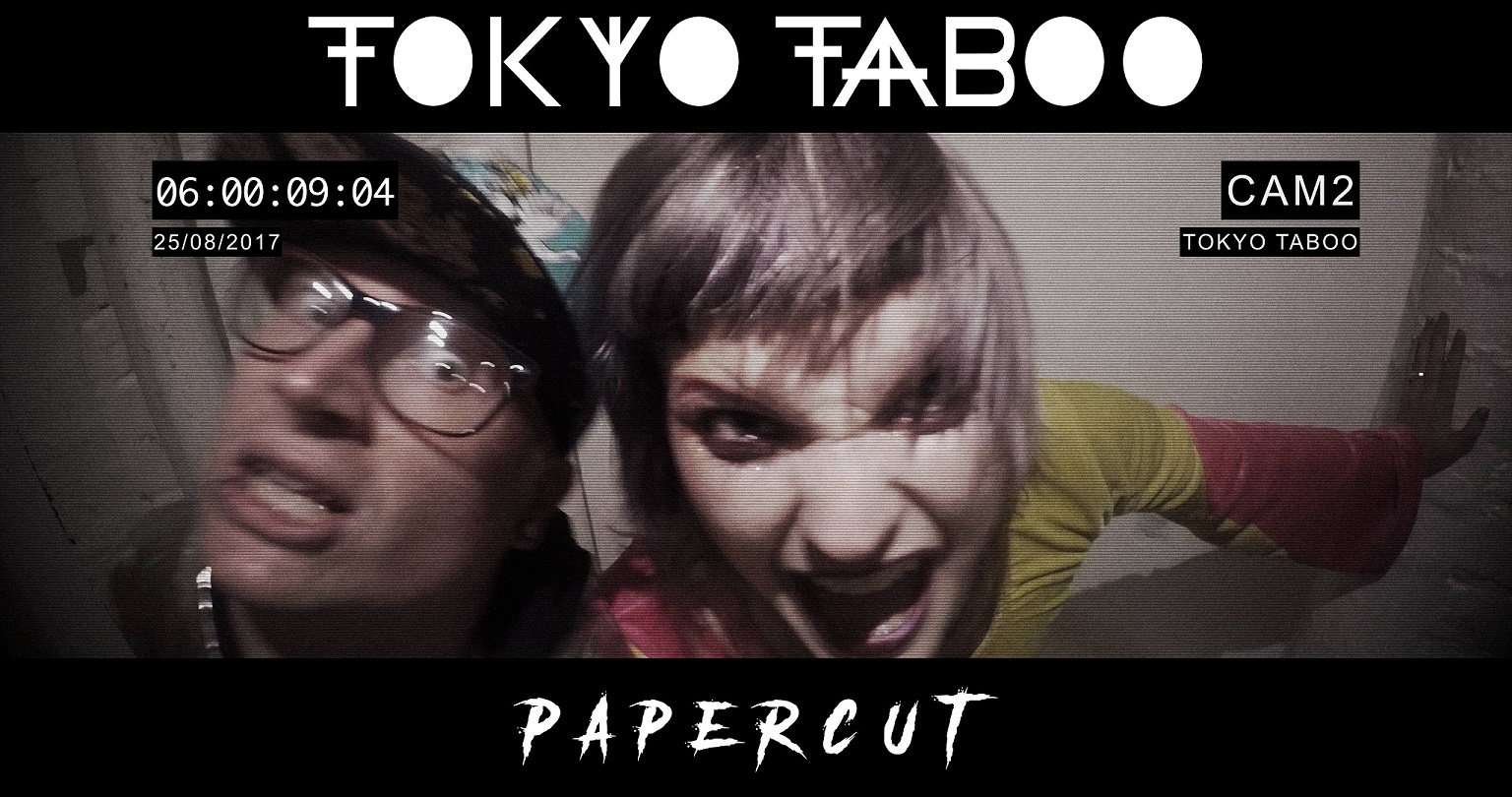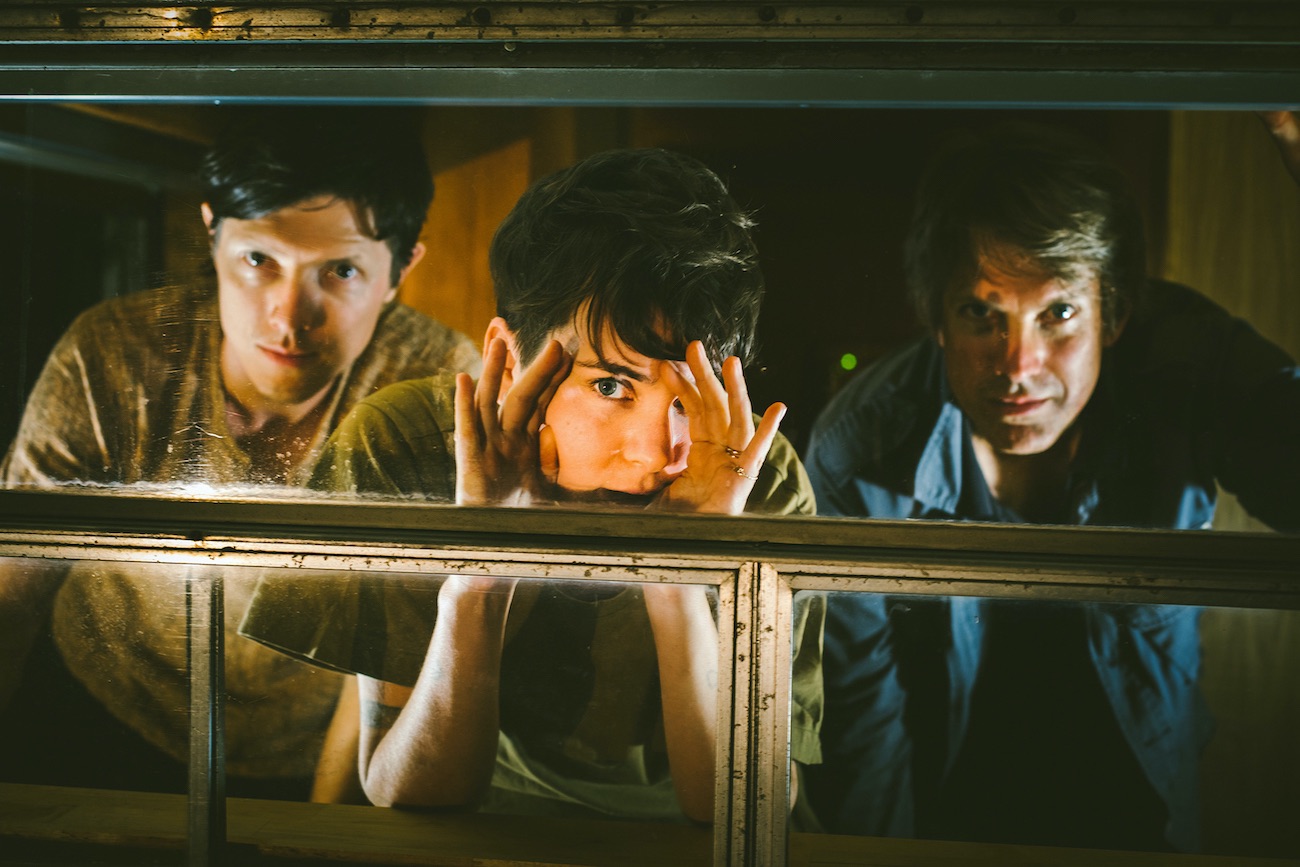In celebration of Women’s History Month, Atwood Magazine’s Aidan Moyer reviews an advance screening of ‘One to One,’ a new documentary starring Yoko Ono which catalogs the art and activism of the Ono-Lennons in early ’70s NYC.
When they ask me about John, Paul, George and Ringo, I say “they’re four beautiful artistic people who have outgrown the Beatles. When they meet Paul, George and Ringo, they ask ‘what do you think of Yoko’? None of them made any comment on me. They ignored me. That’s male chauvinism.
– Yoko Ono, 1971
The phrase “John Lennon NYC” conjures a single image – the artist, aged 33, windswept shoulder-length hair, clad in dark-tinted sunglasses and a tank top, arms crossed, on a Manhattan rooftop set against a bleary skyline.
Photographer Bob Gruen codified the icon circa summer 1974. Briefly estranged from Ono, Lennon was living with assistant May Pang. There is an entire preamble and postscript to LennoNYC beyond the Gruen snapshot.
The former is the ground trodden in One to One, the latest look at the Ono-Lennons from documentarians Kevin Macdonald and Sam Rice-Edwards.
Yoko is absent from Gruen’s photo; here, she is the star.

Yoko Ono was subject to intense vitriol from the British press, and, once Imagine was done and dusted, the Ono-Lennons set their sights on New York City.
The Dakota, prominently featured in the first photos of John, Paul, and Ringo in Central Park circa 1974, was not their destination. Instead, the duo sought “two tatami rooms” and “living like art students” on Bank Street in the Village. The visual centerpiece of One to One is a painstaking recreation of the interior, complete with a Peanuts bedspread and copies of Encouraging Words and Abbey Road strewn on the floor. Ever-present is the television, which, for the Ono-Lennons “replaced the fireplace” and serves as a “window to the world.”
We flick through the channels and then-current events, which shape Lennon and Ono’s writing in real time and create a through-line with the newly remastered soundtrack. Sean Ono Lennon and Paul Hicks do an incredible job reviving the live tracks with a modern sheen; I was invited to a screening at the Lincoln Center IMAX and the audio rocked the house, literally.
The Lennon estate planned, then nixed, a 2022 box set revisiting 1972’s Sometime in New York City. Confessional and cavalierly political, the tracks were controversial even upon release. Lawyer Allen Klein’s recorded telephone exchange with Lennon paints a clear portrait:
John Lennon: We’ll do two numbers, ‘John Sinclair’ and ‘Attica State.’
Allen Klein: How about just the one, ‘John Sinclair’?
Lennon: Well, ‘Attica State’ is the only one Yoko knows acoustically, y’see. What’s the matter with ‘Attica State?’
Klein: [laughs] Tsk… “what’s the matter with Attica State??”
Ono and Lennon were quickly ingratiated into a New York artist colony comprised of activist Jerry Rubin, oddball singer David Peel, and beat poet Allen Ginsberg. Their collective sought to mount anti-Nixon rallies and charity concerts; John and Yoko were game for all of it. Lennon, at least initially, wasn’t too worried about rocking the boat. Drummer extraordinaire Jim Keltner, however, raised some flags –
Jim Keltner: Aren’t you worried about… no, I shouldn’t even say it.
Lennon: What, like people trying to kill us?
Keltner: People who don’t like political people.
Lennon: I’m not about to get meself shot.
In the duo dynamic, Yoko was the practical half, coordinating meetings and setting the agenda. There is a comedic through-line of a concerted effort to procure flies that will live long enough for a screen debut in Yoko’s ‘Fly.’
Lennon, meanwhile, tears through reams of ideas with a verve and naïveté that is almost adorable: Enlisting Bob Dylan for a concert at the 1972 RNC, mounting a “Free The People Tour” where the first 500 prisoners (“alphabetically”) are bailed out with the proceeds. “It’s like Robin Hood, fecking great!”
Lennon went so far as to temporarily bury his Beatle beefs, as a recently unveiled letter sent an olive branch to one Paul McCartney and Wings to join forces with the Plastic Ono Band in concert.

Alas, ’twas not to be. Lennon irked some folks in high places, namely the Federal Bureau of Investigation. A mounting deportation case scuppered tour plans, and remained contested through the dawn of the Carter administration. Instead, a news report on the dire conditions at the Willowbrook Home for disabled children served as the call to action for the One to One concert, the only full-length concerts Ono and Lennon mounted in the US.
At the heart of the narrative is Yoko’s pained efforts to reconnect with her daughter Kyoko. As Ono explained, “I was more artistic… Anthony (Cox) was probably more of a parent to her.” A title card labeled “Flash Back” preempts footage of Ono, Lennon and Kyoko circa 1969, soundtracked by a live performance of “Don’t Worry, Kyoko (Mummy’s Only Looking For Her Hand in The Snow).” Set against Lennon’s slide guitar, Yoko’s vocals mount in intensity, eventually growing arrhythmic and strained. Her estrangement from Kyoko is central to the concert’s genesis, as Yoko laments “as a mother, I share their pain.” A montage of the children taking a Central Park field trip is set to a Wurlitzer-led “Imagine.”
Perhaps the highlight of the film-and, hopefully, a documentary unto itself- emerges at first as a shaky, grainy landscape. Then, Lennon’s voice – “it’s hard to focus because it’s so bright” – and an unseen home movie of Yoko in Cambridge, Massachusetts. She speaks at the First Feminist Conference held at Harvard, and summarizes her journey thusly:
“I was considered a bitch in the society and, since I met John, I was upgraded to a witch. That’s very flattering.” Though Ono was a prominent performance artist in the London and New York scene with the Fluxus group, “by association with the Beatles, I was told by some people very close to John to remain in the background. If *I* can start to stutter, then it’s a very hard road.”
Ono delivers a moving acoustic rendition of “Looking Over From My Hotel Window” from her record Approximately Infinite Universe:
Age 39, feeling pretty suicidal
The weight gets heavier when you’ve bled thirty years
Show me your blood, John, and I’ll show you mine
They say it’s running even when we’re asleep
No trace of resentment, no trace of regret
One blood’s thinner but both look red and fresh
If I ever die, please go to my daughter
Tell her that she used to haunt me in my dreams
That’s saying a lot for a neurotic like me.
Set against footage of activist Angela Davis and the first Black congresswoman, Shirley Chisholm, Yoko emerges as a fearless, canny, and transgressive maven in a narrative that could have easily retread Beatle territory.
There are swathes of musical ebullience – perhaps the best at the very end, when an unannounced Stevie Wonder absolutely rips the lead vocal on “Give Peace a Chance” – but One to One ends on a somber note. An undercurrent of dread has permeated footage of Nixon, young combatants and Vietnamese prisoners of war, an assassination attempt on racist congressman George Wallace.
We zoom out from the television playing footage of Wonder at the charity concert to see sirens just outside the window. On December 8, 1980, Stevie Wonder was among the first to announce that John Lennon had been shot, shortly before the final encore of Wonder’s show at Oakland County Coliseum.
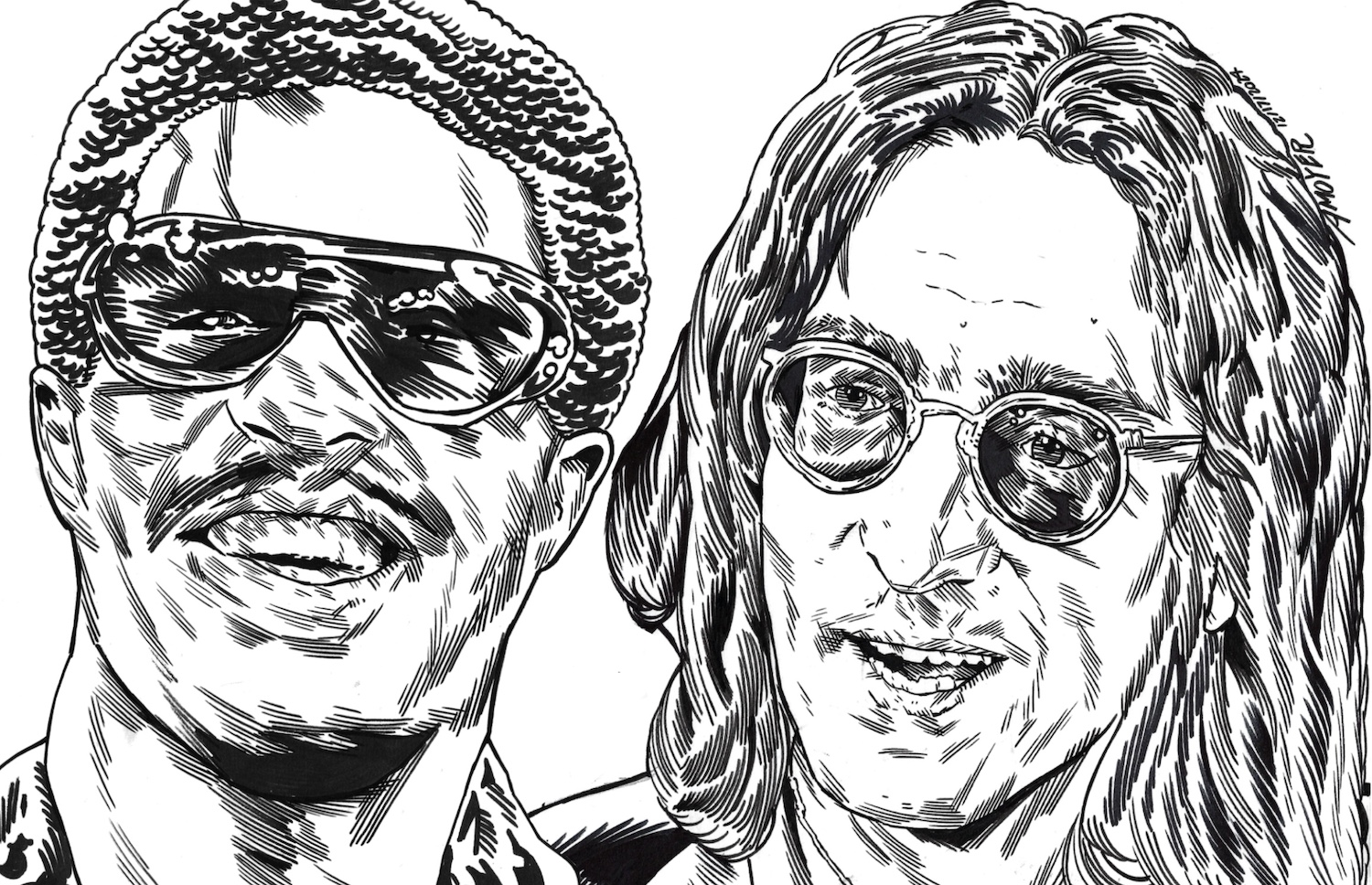
As the credits roll, however, not all is lost.
We are treated to exceedingly rare footage inside the Dakota building, Ono playing piano. The couple embrace as their deportation case is dismissed on October 8, 1975; the following day, Lennon’s 35th birthday, Sean Ono-Lennon is born.
A 1994 photograph finally shows Sean and Yoko beside Kyoko, reunited with her mother decades later. In the background, Lennon sings an all-too-pertinent demo of “Freda People,” written for Tricky Dick after a White House guest choir told Nixon “stop bombing human beings, plants and vegetation” with a banner reading “Stop The Killing.”
Well, we were caught with our hands in the air
Don’t despair, paranoia’s ev’rywhere
We can shake it with love when we’re scared
So let’s shout it aloud like a prayer
Free the people now (do it, do it, do it)
Do it, do it, do it, do it, do it now (do it, do it, do it)
Free the people now (do it, do it, do it)
Well, you were caught with your hands in the kill
And you still gotta swallow your pill
As you slip and you slide down the hill
On the blood of the people you kill
Stop the killing! (Free the people now)
Do! (Do it, do it, do it, do it, do it now)
(do it, do it, do it)
As wonderful as it is to see Lennon rip through a semi-lyrically garbled “Come Together” in 4K Ultra HD, the grainy home movie shots of Yoko are a window into something more resonant. As of this writing, Yoko Ono is 92 years of age; we hear reporter Elliot Mintz ask her, aged 39, how she would like to be remembered. Ono replies plaintively, “We lived, loved and died.” To catch new glimpses of her artistry, wit, and craft while she is still here is a gift.
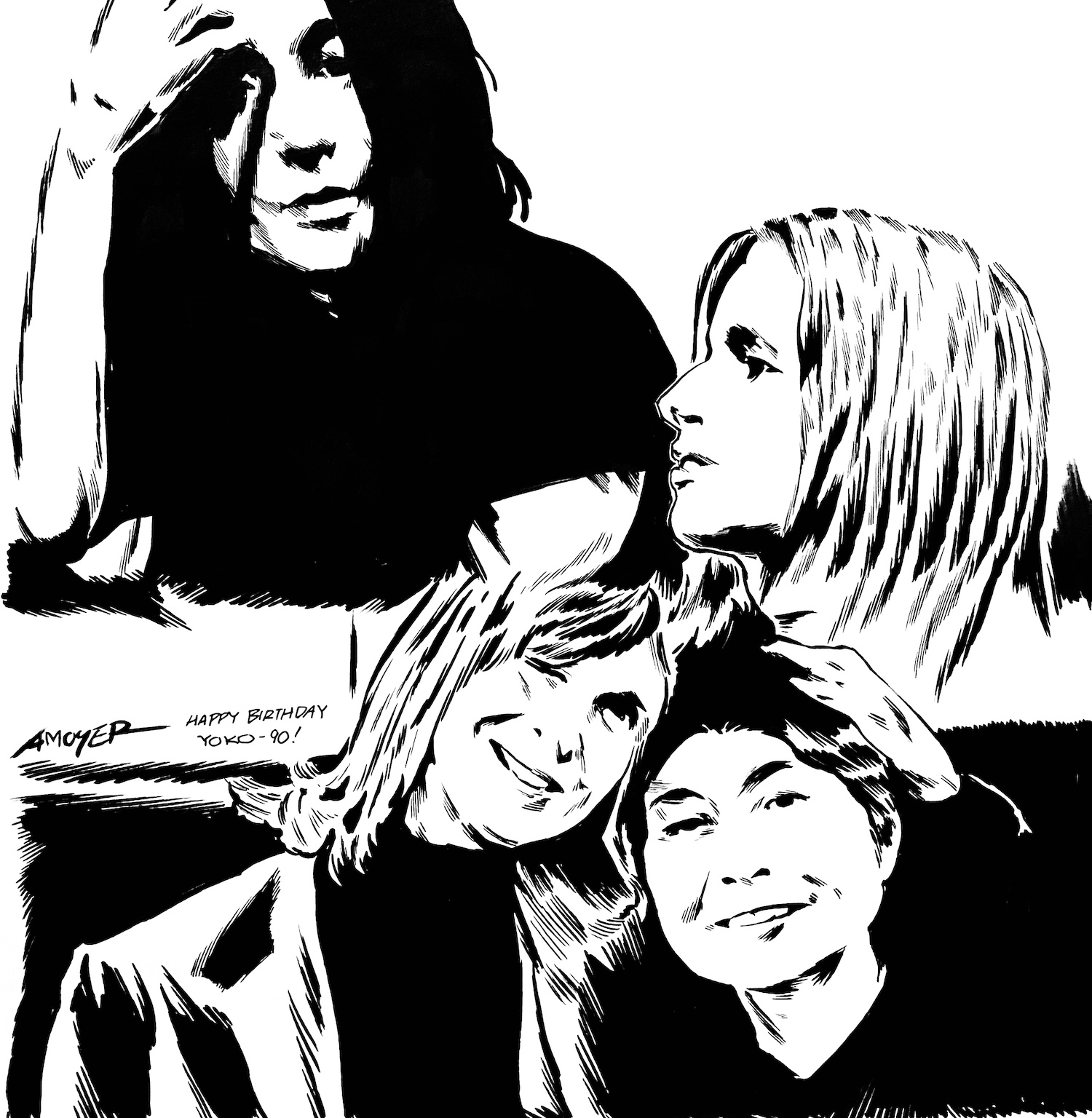
One To One: John & Yoko premieres April 11, 2025 in select theaters.
— —
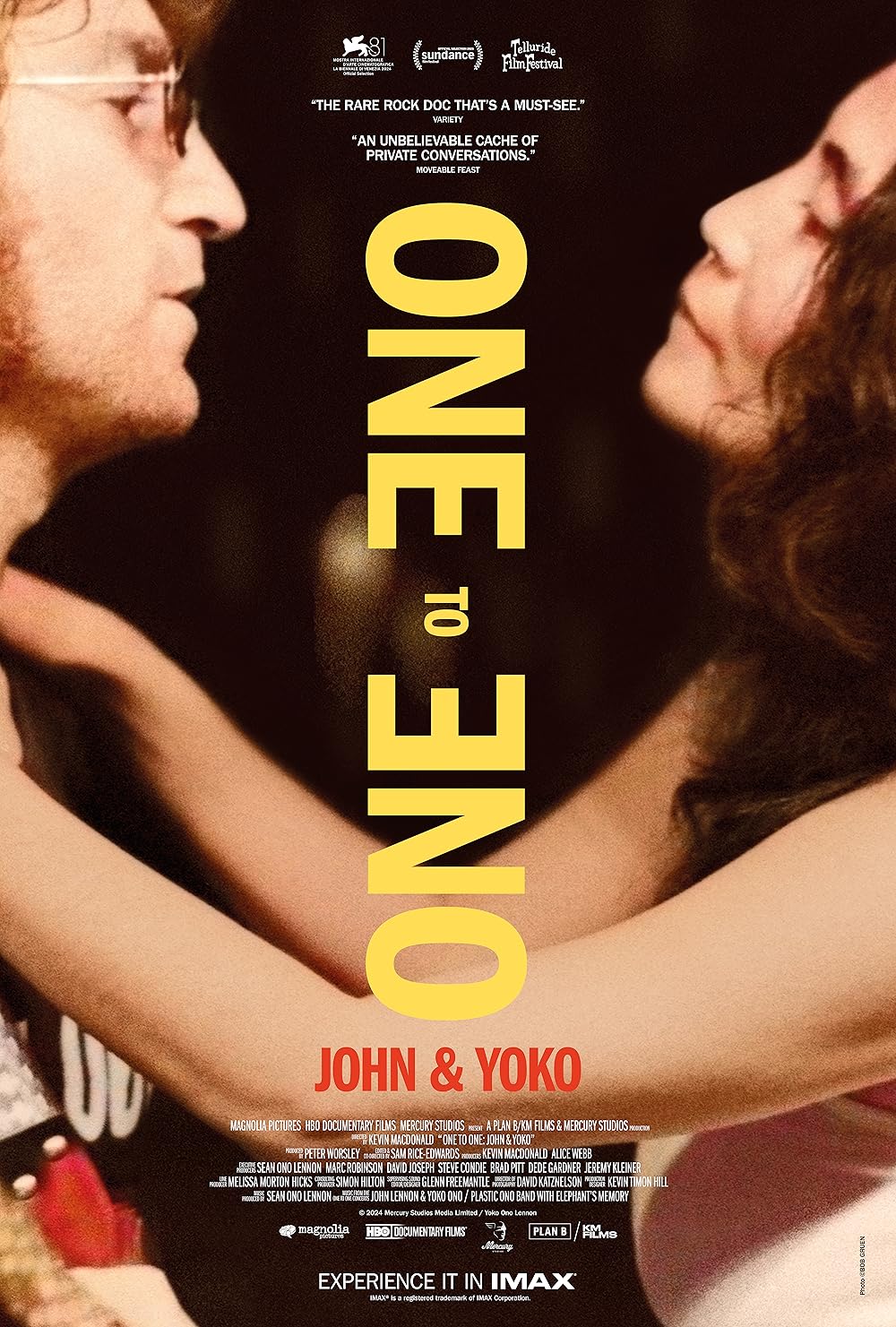
Connect to Yoko Ono on
Facebook, 𝕏, Instagram
Connect to John Lennon on
Facebook, 𝕏, TikTok, Instagram
Discover new music on Atwood Magazine
© Aidan Moyer


 © Aidan Moyer
© Aidan Moyer